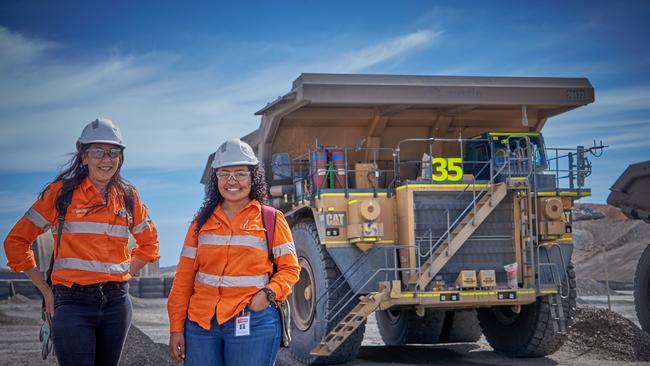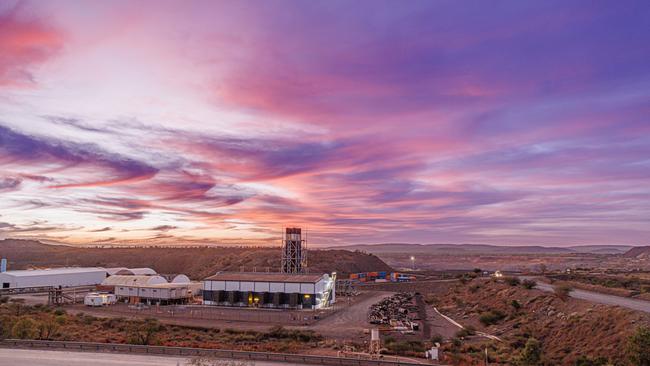MRM will play a key role in helping the world’s renewables transition
The Territory’s McArthur River Mine will play a key role in Australia reaching its net-zero targets. See which critical mineral will be at the centre.

Northern Territory
Don't miss out on the headlines from Northern Territory. Followed categories will be added to My News.
The Territory’s McArthur River Mine is preparing to play a key role in Australia’s energy transition.
Central to the transition will be zinc – a resource Glencore’s McArthur River Mine has been mining and processing at its operation in the Gulf of Carpentaria since 1995.
A highly versatile resource – zinc is essential to the functioning of modern economies through the manufacture of advanced and low-emission technologies in everything from road signs and paints to animal feed and sunscreen.

Glencore’s McArthur River Mine general manager Mark Furlotte welcomed the inclusion of zinc in the Critical Minerals in the Northern Territory 2023 list earlier this year.
Glencore is Australia’s largest zinc producer and the McArthur River Mine employs about 1250 people.
Last year the mine made a total direct contribution of $611m to the Northern Territory, including $436 million on goods and services from 980 Australian-based businesses.
“Zinc plays an important role today and will continue to play an increasingly important role in the future technologies needed to achieve global carbon reduction targets,” Mr Furlotte said.
“We’re an incredibly proud Territory operation and I support the Territory government recognising zinc for its critical contribution in driving this change.”

Zinc’s primarily used to galvanise steel – a process preventing corrosion and greatly increasing the lifespan of millions of steel products.
It is an important input in renewable energy technology including wind turbines and solar panels, energy storage, electric cars, and green steel, and is also needed in carbon capture and storage technologies.
The Australian government has recently called for submissions on its own critical minerals list, which aims to include minerals essential to modern technologies, economies and national security, are required by its strategic partners whose supply chains are vulnerable to disruption and for which Australia has economic geological resources.

The Northern Territory has 15 critical minerals currently under exploration with the geological potential for an additional 13 emerging minerals.
Zinc is not currently on the list, despite meeting all of these criteria and – along with other minerals such as copper and nickel – would be an important addition to the list in the near future.
Glencore is the largest producer of zinc in Australia and is one of the largest producers of zinc globally, with the Territory’s McArthur River Mine forming a key part of Glencore’s global zinc assets.
Glencore estimates the need for zinc will significantly increase through to 2050 in order for the world to meet its climate change ambitions.
“With zinc being critical to the manufacturing of the key technologies we need to transition to a low carbon future, there is a considerable opportunity for Australia to secure the future of local zinc production by including zinc on the list of Australia’s critical minerals,” Mr Furlotte said.
“I support that change.”
More Coverage
Originally published as MRM will play a key role in helping the world’s renewables transition





